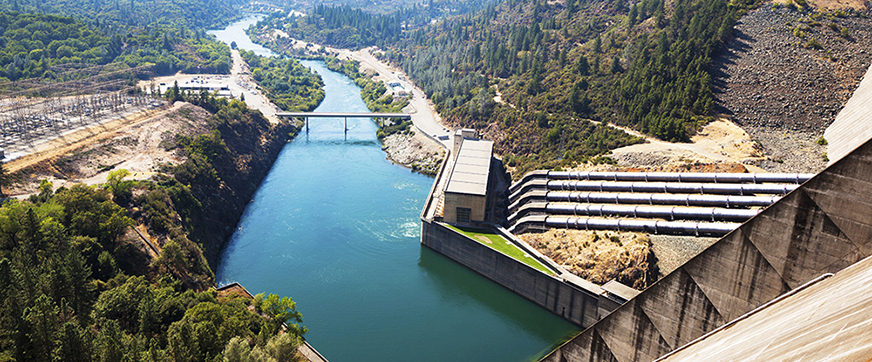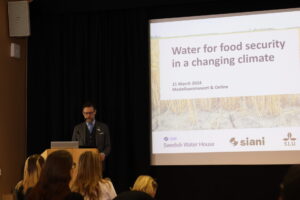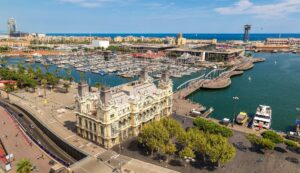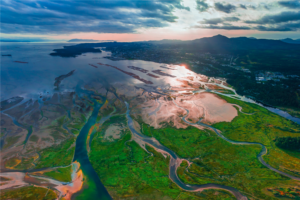Opportune moment to discuss water (in)security in Brazil
High levels of arsenic and other persistent pollutants now threaten food chains in the river ecosystem. Two weeks later the pollution reached the sea where the coastal zone fauna also was damaged. 12 people have died and another eleven are still missing.
This unfortunate event highlighted the importance of this year’s topic of the annual environmental conference O2 (O2 Encontro Intercontinental sobre a Natureza) and the back-to-back Dialogue on Water Governance 2015, held in Fortaleza (in the Northeastern, semi-arid state of Ceará), the same week as the mining waste water reached the sea. The message that water security needs to be incorporated in planning processes of all sectors of society was dramatically reinforced as well as the call to move from a crisis management approach in Brazilian water management to an approach of prevention and risk management. In particular, the roles and responsibilities regarding dam maintenance and security need to be scrutinized. The evident failure of pollution prevention also reinforces social inequalities, since this collapse had severe impacts on health and livelihoods of the communities along the Río Doce, as well as on coastal communities dependent on fishery, where the river meets the Atlantic Ocean.
Water governance in Brazil is complex. Its foundation is the water law from 1997, which sets forth five different water management instruments: water management plans (at federal, state and basin levels), water quality objectives, payments for water abstraction and release, water allocation permits and water information systems. Brazil is a large federal country, composed of 27 states. This is mirrored in triple levels of water governance (federal, state and basin). The country also features widely varying hydrological and climatic conditions. Although the water law and the creation of the national water authority ANA in 2000 can be considered ambitious and forward looking; it is unsurprising that implementation of the water law has reached different degrees across the country.
One of the challenges is to match the rising expectations of the growing middle class of higher minimum standards for public services including water supply and sanitation. Brazil has a tax rate comparable to Germany, but the quality of public services is far from European standards. Urbanization has levelled off and current migration patterns are urban-urban rather than rural-urban, as in many other parts of Latin America. OECD states that complex, bureaucratic rules for the re-investment of collected water charges hinders the financial sustainability of the water sector. It is therefore reassuring that ANA has recently collaborated with the OECD on a water governance assessment of the country and immediately given a positive response to the recommendations put forth.
Another very recent piece of good news, especially given the economic crisis that Brazil currently is facing, is the signing of an unprecedented river basin agreement between the three Brazilian states that share the Paraiba do Sul basin, which supports 30 per cent of the country’s GDP, and supplies water to two of the largest Brazilian cities: Rio de Janeiro and São Paulo. The negotiation of the agreement has been facilitated by ANA, who also supports the levelling of competences for hydrological modelling among state authorities, to reduce capacity and information asymmetries, before negotiations are initiated.
The power of catastrophes to create windows of opportunity for reform should not be under estimated. It remains to be seen who will ultimately cover the costs of the environmental damage caused by the dam collapse in the Rio Doce, and whether this tragedy will speed up environmental protection in Brazil.








